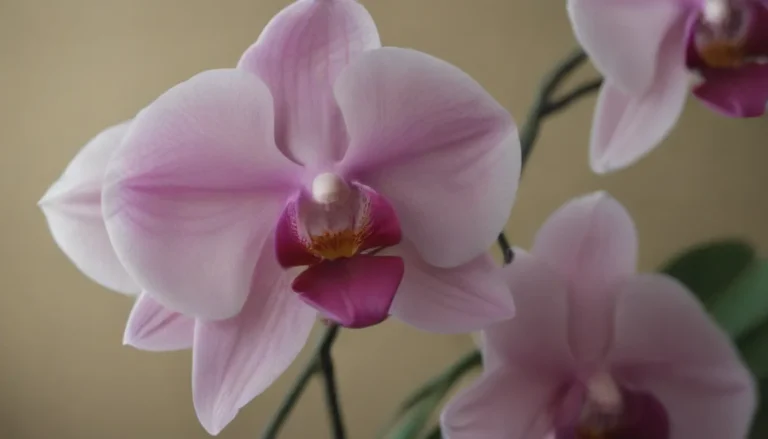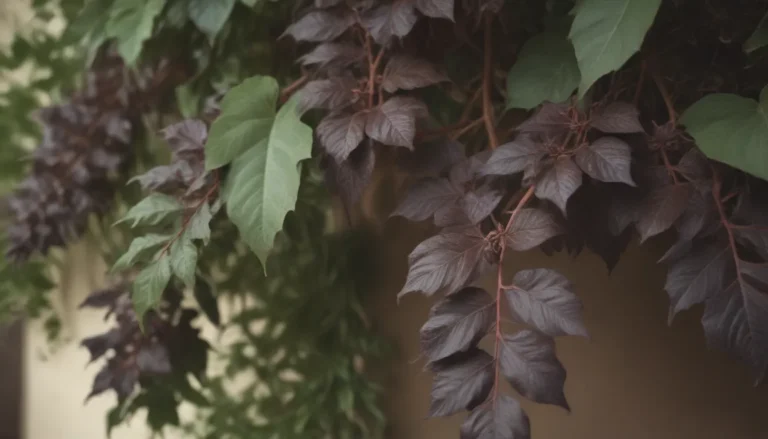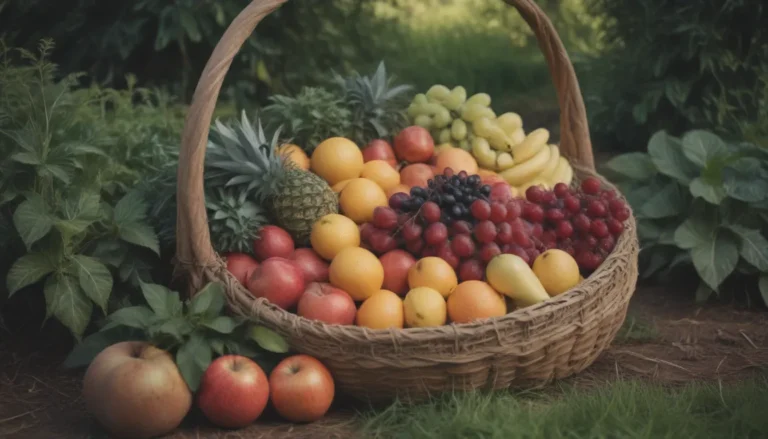The Ultimate Guide to Growing and Caring for Curry Trees

Are you a fan of adding exotic flavors to your dishes? If so, you may want to consider growing your own curry tree. Native to India, the curry tree is a fast-growing evergreen bush or tree that can elevate your culinary creations with its aromatic leaves. In this comprehensive guide, we will explore everything you need to know to successfully grow and care for curry trees.
Getting to Know the Curry Tree
The curry tree is known for its aromatic, spicy foliage, which is comprised of many leaflets that form pinnately on the stem. It also produces fragrant white flowers that develop into small, black fruits. While the leaves are perfect for culinary use, the fruits are not suitable for consumption. Here are some key points to keep in mind when growing curry trees:
- The curry tree can reach heights of six to 20 feet.
- It thrives in tropical climates similar to its native region on the Indian subcontinent.
- Curry trees prefer full sun and well-drained, fertile soil with a pH between 6.4 and 6.9.
- They are frost-tender and may need to be brought indoors in cold climates.
Curry Tree Care Tips
Light
Curry trees thrive in full sun, so be sure to plant them in the sunniest spot in your garden. Adequate sunlight is essential for the tree to produce healthy foliage.
Soil
Plant your curry tree in well-drained, acidic soil. While the tree prefers dry soil, be sure to water it regularly during the first two months after planting. Afterward, moderate watering is sufficient.
Watering
Be mindful of your watering schedule, especially during the winter months. Avoid watering the tree when it is dormant or when temperatures are below freezing. Potted curry trees may need more frequent watering, depending on the pot size and climate.
Temperature and Humidity
Curry trees do best in hot, humid climates. While they can tolerate mild frost, they may shed their leaves and go dormant in cold winter conditions.
Fertilizer
Only fertilize your curry tree if a soil test indicates a deficiency. Avoid fertilizing during the tree’s winter dormancy period.
Types of Curry Trees
There are three main types of curry leaf trees:
- Regular-size: Standard curry trees that can reach heights of up to 20 feet.
- Dwarf-type: Smaller varieties that are ideal for growing in containers.
- Gamthi: Another dwarf variety that grows slowly and may not need frequent repotting.
Pruning and Propagating Curry Trees
Regular pruning and maintenance are essential for healthy curry trees. Here are some tips for pruning and propagating your curry tree:
- Pinch off flower buds during the first two years to help the tree establish itself.
- Remove dead branches and leaves regularly to encourage fresh foliage growth.
- Propagate curry trees from cuttings for best results.
Common Pests and Problems
Curry trees are susceptible to pests such as mites, scale, and psyllids. Use insecticidal soap to control these populations. Additionally, be mindful of common problems such as overwatering, which can lead to droopy, withering leaves.
Using Curry Leaves in Cooking
Fresh curry leaves have a citrus-like scent and can add a unique flavor to soups, sauces, and stews. Similar to bay leaves, you can steep curry leaves in your dishes while cooking and then remove them before serving. You can also sauté fresh leaves in oil before adding them to your recipes.
In conclusion, growing and caring for curry trees can be a rewarding experience for any home cook or gardening enthusiast. With the right conditions and maintenance, you can enjoy a constant supply of fresh, aromatic curry leaves to enhance your culinary creations. So why not add a touch of exotic flavor to your dishes by cultivating your very own curry tree?





